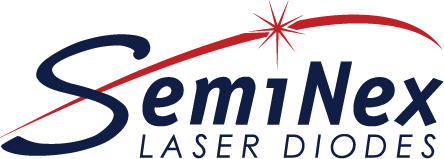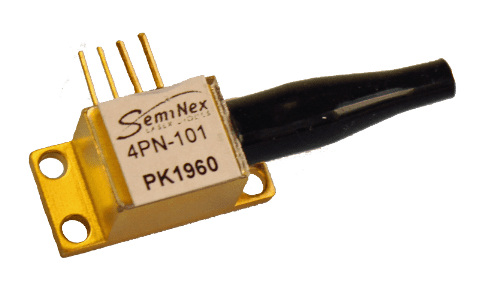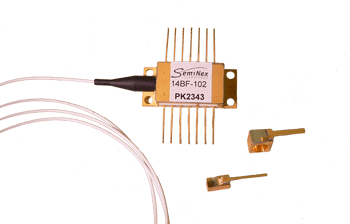MEDICAL USES FOR INFRARED LASER DIODES
Diode lasers functioning at infrared wavelengths have already proved effective in the treatment of acne, wrinkles, acne scarring, atrophic scarring, varicose (saphenous) veins, hyperpigmentation, rosacea and in the rejuvenation of skin to promote collagen regrowth and increased tautness. Diode lasers can also be used for blood coagulation, heat therapy, and for non-invasive surgery.
MEDICAL LASERS
The treatment and reduction of acne, acne scars, wrinkles, and rosacea are the most popular targets for non-ablative facial treatments with diode lasers. Unlike Ablative Facials, which completely remove the epidermis causing swelling and crusty scabs and require at least a week of recovery, there is very little pain associated with nonablative procedures and virtually no downtime.
INFRARED LASERS AND NONABLATIVE FACIAL TREATMENTS
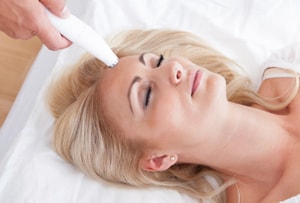
An alternative to ablative full-face laser resurfacing cosmetic procedures is nonablative facial treatment with an infrared diode laser. Infrared diodes in medical lasers, specifically operating at 1450nm, are often used in nonablative treatments for the reduction of wrinkles and elimination of acne. 1450nm laser diodes cause the least amount of downtime compared to pulsed dye lasers, IPLs, and Nd:Yag lasers, with only a few hours of swelling or redness and minimal side effects. 1450nm laser diodes are also safer to use on patients of color because infrared lasers are less likely to cause pigmentary reactions.
Medical laser treatments aim for collagen production by destroying dermis cells. As the cells repair themselves, collagen production is increased, giving skin a fuller, healthier look. Acne procedures destroy the sebaceous glands responsible for oil production and can help those with moderate to severe acne enjoy clear skin. Non-ablative facials allow for more less expensive, more frequent treatments than ablative facials with less downtime and equal if not greater efficacy.
MEDICAL LASERS AND THE TREATMENT OF LEISHMANIASIS
Leishmaniasis is a disease spread by sand flies which infects the blood and causes lacerations and wounds on the skin. These wounds are unresponsive to typical treatments for sores on the flesh and are only treatable when accurately diagnosed. If untreated, the wounds will eventually heal, generally after a year, but the disease continues to live in the blood stream and ultimately causes organ damage and failure. Research shows that heat therapy can help speed the process of wound healing, especially when used in conjunction with the traditional treatment for leishmaniasis, sodium stibogluconate.
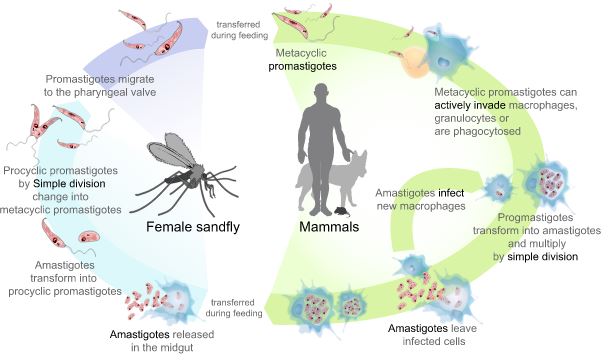
In the future, researchers hope to implement laser therapy in the treatment of cutaneous leishmaniasis to ease and quicken the recovery from the disease. If medical lasers do prove useful, the discovery would greatly benefit soldiers afflicted with leishmaniasis while overseas in the Middle East, who would otherwise be flown out of combat areas for treatment. If laser light proved effective in treating leishmaniasis, a handheld product could be distributed to medical centers in combat areas, and the victims of leishmaniasis could be treated effectively on site.
SemiNex laser diode products for medical applications include:
